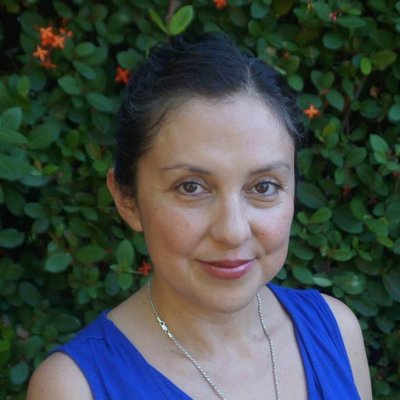
PhD, University of Georgia, 2003
About
My research employs ecological, historical, and ethnographic perspectives to study social complexity, urbanism (sustainability and quality of life in cities), agriculture, and ceramics in Mesoamerica. In particular, my work has taken place in the mountainous region of the Mixteca Alta in the southern Mexican state of Oaxaca.
The Mixteca Alta is a fascinating place to work in for many reasons, but one of the less obvious reasons is that the region’s mountainous environment presents a series of challenges to agriculture and urbanism. The Mixteca Alta’s high elevation, varying temperatures, topography, seasonal rain, and aridity patterns make agriculture a difficult proposition and yet, early agricultural villages flourished there in the Formative period. Some of these communities later gave way to terraced, agricultural urban centers that thrived for many centuries. Among these urban polities some reorganized and became the famous cacicazgos or ñuu polities that will be the stuff of legends and the subject of fascinating Mixtec codices.
The Mixteca Alta, has not received as much scholarly attention as the neighboring Valley of Oaxaca, and yet ancient Mixtecs developed an interesting and long-standing pattern of urbanism by building hilltop terraced cities that integrated elaborate terrace systems in their layout and had underlying hydraulic engineering features.
In my research I have sought to integrate archaeological methods, including GIS with ethnography, ethnohistory, petrographic studies, chemical residue analysis, physical anthropology, soil and geomorphological studies to investigate highland urbanism, the impact of becoming urban on the environment and on the health and quality of life of urbanites, as well as investigate the agricultural methods and technologies that made urbanism in the highlands possible.
Since 2008, I have directed the Cerro Jazmín Archaeological Project. This on-going project investigates the timing and construction of this Late-Terminal Formative hilltop city, its history, and how urban life impacted the health and diets of its inhabitants.
Our team's latest 2025 publication talks about Mixtec urbanism and its social impact as understood from our work at Cerro Jazmín.
In 2018 and with support of a National Geographic Society I directed an ethnoarchaeological project in Santo Domingo Tonaltepec, a pottery-producing community in the Mixteca Alta. One of the results of this research was a published ethnographic study on the pottery tradition in Tonaltepec and documentary of Tonaltepec potters.
Interests: Ecological and Environmental Anthropology; Mesoamerican Archaeology; Complex Societies and Urbanism; Landscape and Regional Studies; Agriculture and Terracing; Ceramics; Pottery-making; Household Archaeology.
Areas: Mesoamerica


